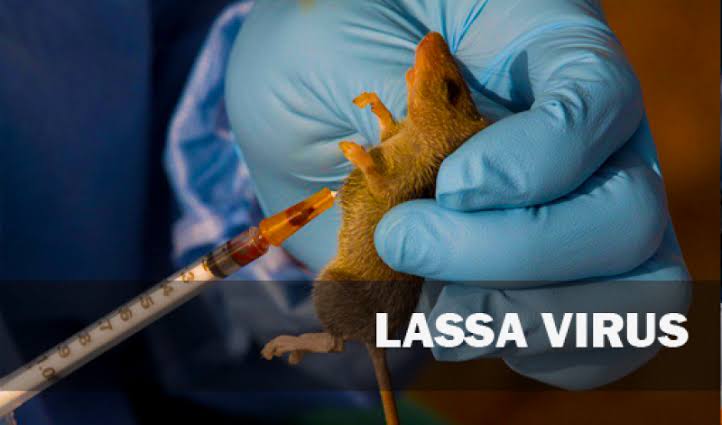By Iyemah David
The Nigeria Centre for Disease Control (NCDC) has said that 70 per cent of the country’s Lassa fever cases are reported Ondo, Edo and Bauchi states.
The Assist Director and Head of Response Division, Dr Aderinola Olaolu, of NCDC, disclosed this at the Ministerial Press Briefing on update on COVID-19 response and Development in the Health Sector in Abuja on Tuesday.
Olaolu said that there have been 909 confirmed cases and 170 deaths of Lassa fever as of Week 34, from 25 states and 101 LGAs.
He said that the country’s response activities continue in all areas, particularly in areas of state advocacy, personal protective equipment (IPC) support, and laboratory diagnostics.
On measles, he said impacts of COVID-19 continue to be felt across several other areas including the increase in the risk of measles and a probable increase in yellow fever outbreaks due to delayed planned vaccination campaigns.
According to him, “there have been 18,577 confirmed cases, and 190 deaths as at week 35 in 36 states & FCT and there are 40 LGAs with the active outbreak. We continue to support state responses to measles outbreaks.
He disclosed that the NCDC has continued to record confirmed COVID-19 cases in Nigeria, just as in several other parts of the world.
“Unfortunately, SARS-CoV-2 is still exerting impacts globally, however, the effects of vaccinations, diagnostics and therapeutics are evident in our ability to continue with regular life.
“In Nigeria, we have had 5,547,250 samples tested, 264,802 confirmed cases, 257,880 discharged cases and unfortunately 3,155 deaths.
“The virus is still circulating and we must continue to adhere to all measures to prevent transmission while strengthening our capacity to respond across states”.
He, however, admonished Nigerians to continue to take responsibility to prevent COVID-19 and other infectious diseases.
“Take advantage of the increasing knowledge and resources we have to get tested early if you have symptoms or are exposed, and get vaccinated to prevent severe disease.
“As we have seen with COVID-19 and the outbreak of monkeypox in countries globally, diseases will continue to emerge, so we must learn to live safely and continue to protect our lives and livelihoods,” he said.
Meanwhile, the Director, Hospital Service Federal Ministry of Health, Dr Adebimpe Adebiyi, said that no surge in Oxygen demand at the Isolation wards across the country.
“Oxygen availability at the isolation wards is ramped up because of the already completed few Federal Government driven PSA oxygen plants,” she said.
Speaking on case management strengthening activities, Adebiyi said the minister through the Case Management Pillar and in collaboration with NACA were holding coordination meeting with partners in the oxygen ecosystem implementation strategies.
“FHi360, CHAI and UNICEF are expected to present stewardship so especially about roles and responsibilities as it relates to C19RM funds.
“On oxygen support systems, the 5-Year National Policy and Guidelines on oxygen use (2017-2022) has just undergone the second phase of collaborative review in collaboration with partners (CHAI, UNICEF) and private sector involvement,” she said.
According to her, one important target is to increase oxygen demand through expanded capacity building and knowledge sharing across all levels of care.
She said the FMOH has advised NACA to officially communicate with the ministry through the minister on the distribution of oxygen commodities to eligible health facilities in the country.
“The National Guidelines for Clinical Management of COVID-19 Version five was reviewed last week. Paxlovid is one of the new additions to the guideline and CHAI is currently harnessing partnership and securing support to ensure availability for Nigerians,” she explained.




